Roofing Insulation
Insulating the roof is a critical component in the fight against the growing heat phenomenon that is prevailing nowadays. Climate change necessitates the need for better insulation for roofs.
These are 5 different types of insulation materials for roofs
Reflective insulation or radiant barrier refers to a type of insulation that uses highly reflective foil to reject solar heat and improve the energy efficiency of the commercial, residential or industrial structures. Radiant barriers eliminate up to 97% of solar heat from entering through the roofing system. To be effective however, it needs to have an air space when installed and also periodic maintenance would have to be done to prevent dust and dirt from accumulating in the reflective surface thus lessening the effectivity of the material. Radiant barriers can reduce up to 15% of cooling load and are best used in conjunction with other thermal insulating material. Reflective foil insulation is a cost-effective solution in reducing heat in a tropical climate like the Philippines. Bubble foil, polyethylene insulation foam, thermal paint and woven foil are some of the products that fall under this category.
Wool fiber batt insulation is another material that absorb and block the heat from penetrating. Instead of reflecting, the dense fibers absorb and trap the heat thus lowering the temperature. Mineral wool and Fiberglass wool are two of the most popular materials in this category. Aside from acting as a thermal heat resistant material for your roof, both these products are also sound-resistant and non-combustible. R-value is the measurement to determine the effectivity of the wool fiber to contain the heat and lessening its transmittance. The higher the value the better it is in negating heat gain and lowering the energy cost.
Rigid board insulation like XPS, EPS foam, Polyisocyanurate (PIR), Polyurethane (PU) materials have been specified due to its high R-value. Rigid foam boards are superb in this type of application due to its ability to prevent thermal bridging and the light weight of these materials make installation far easier. They are also considered as a vapour barrier as the material inhibits the transfer of water vapour from one surface to another thus preventing interstitial condensation.
Blown-in loose wool insulation is another type of material in which the stone wool or cellulose granulates are installed using a mechanical blower. The advantage of this type of insulation is that it can penetrate tiny crevices and effectively covering them thus preventing any form of thermal bypass from forming that would lessen the insulation value. The disadavantage however, would be in relation to the indoor air quality that can be compromised as the loose fiber can be mixed with air and get breath in by the occupants of the building. Another issue is the fact that it can be quite messy to install and remove as compared to wool batts. Lastly, materials like cellulose are inherently not fireproof, as such, brominated flame retardants would have to be added in to make it fire-resistant. In a few years time, FR coating would degrade rendering the insulation material a fire hazard. Mineral stone wool however is incombustible in whatever form whether as a loose-fill material, slab or blanket roll.
Spray foam insulation has been used for a long time and is quite effective as a thermal insulation for roofs. Challenge though is the need for excellent applicators who are well-versed in delivering the optimal mixed of chemicals as it is a two-component concoction and an inexperienced applicator can cause serious damage to the property. Spray foams are excellent for air sealing as it creates a tight envelope preventing hot air from coming in the establishment. Continuous insulation is one of the prime reason for using SPF as it adapts to the various shapes and curves of the roofing system . Another plus point is its excellent ability to bond with the roof as it expands on contact sealing any gaps which make the living space more comfortable. Noise proofing however, is not the forte of spray foam insulation. There are other soundproofing materials that would be a better fit for that purpose.


